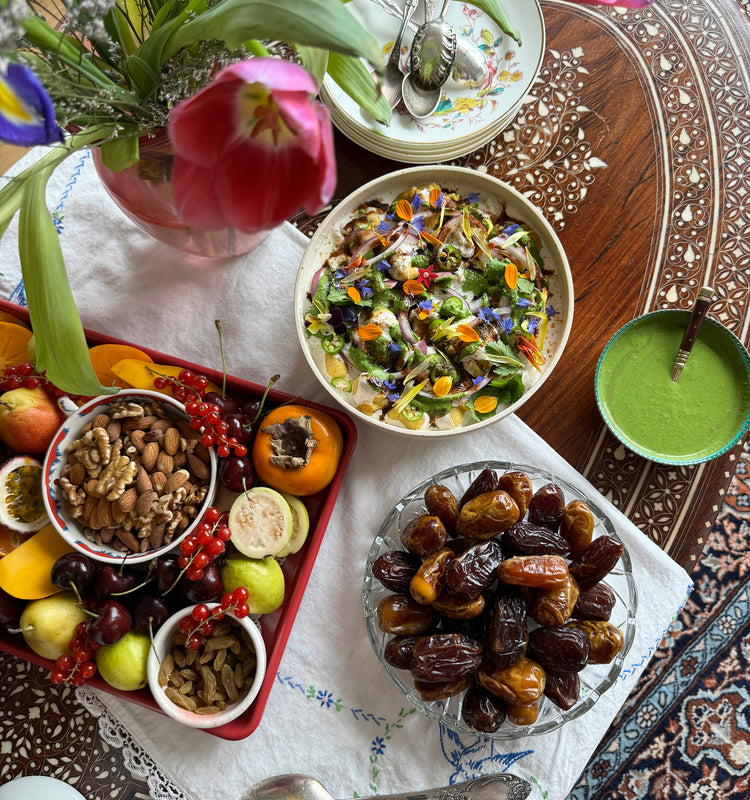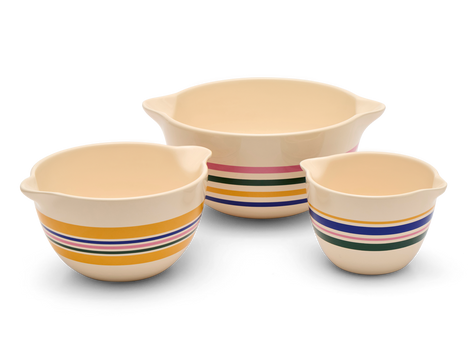For the phulkis:
1. In a large bowl add the besan, turmeric, red chili powder, salt, and baking soda. Whisk to combine.
2. Gradually add about 1/2 cup of water, whisking vigorously to achieve a paste-like texture similar to thick cake batter. Add more water if needed to reach the desired consistency.
3. Whisk well to completely eliminate any lumps.
4. Let the batter rest for 15 minutes, meanwhile prepare the yogurt.
For the yogurt:
Add the yogurt, milk, garlic, cumin, red chili powder, chaat masala, and salt to a bowl. Whisk to combine.

For the green chutney:
Add the cilantro, garlic, serrano pepper, cumin seeds, chaat masala, amchoor powder, salt, and yogurt to a blender. Blitz until smooth, adding a splash of water as needed to get the blender going.
To make and assemble the dahi phulki:
1. Once the phulki batter has rested, heat a deep pot over medium heat with 1-inch of neutral oil until it reaches around 350°F.
2. Drop the batter, one tablespoon at a time, into the hot oil and fry until golden brown and crisp, about 5-7 minutes. Work in batches if necessary.
3. Drain on a baking sheet lined with paper towels.
4. Once all the batter has been used, fill a large bowl with water and drop the phulkis into the water, letting them soak for 5-7 minutes.
5. Gently squeeze the water out of the phulkis and place them into the prepared yogurt.
6. To serve, finish the dish with a garnish of red onion, serrano pepper, cilantro, spoonfuls of green & imli chutney (if using), a sprinkle of chaat masala, and a pinch of flaky salt.

























